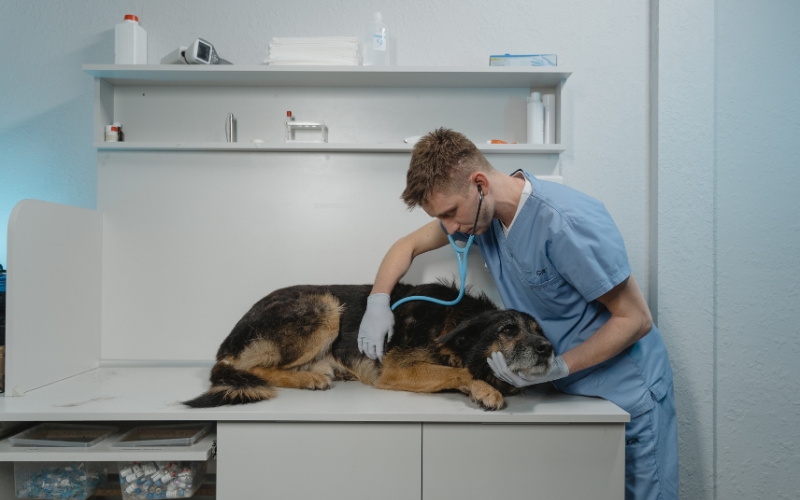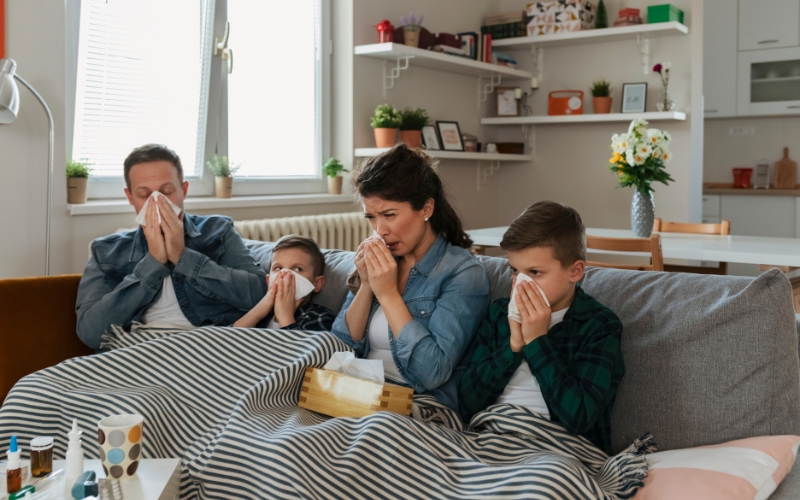Every year, it seems like the headlines return: Dog Flu Outbreak in (insert state). Here we go again.
Canine influenza, or “dog flu,” is highly contagious and spreads rapidly through kennels, shelters, doggy daycares, and, yes, veterinary clinics. With 2025 already reporting a spike in cases in several states, now is the time for veterinary practices to prepare for what could become another high-exposure season.
Why is Dog Flu So Contagious?
Dog flu spreads through respiratory droplets. When an infected dog barks, sneezes, or even breathes, the virus can linger in the air or land on surfaces like exam tables, kennels, and clothing. And unlike some viruses that show immediate symptoms, dogs with canine influenza can be contagious before they show signs of illness. That makes it hard to contain outbreaks.
The airborne nature is part of what makes the virus so difficult to manage indoors. Disinfecting surfaces between appointments helps, but it doesn’t address pathogens still in the air.
The Indoor Risk Veterinary Clinics Face
In a busy clinic, dogs and their owners often share tight waiting areas, exam rooms turn over quickly, and staff work in close quarters. Even with strong cleaning protocols, there’s only so much you can do with time and labor.
What’s often overlooked is that most airborne contaminants settle within indoor environments, not outside. In short, your indoor air is working against you.
How Synexis Helps Clinics Stay Ahead of Dog Flu (and Other) Outbreaks
At Synexis, our patented Dry Hydrogen Peroxide (DHP®) technology is a unique solution that continuously reduces viruses, bacteria, mold, and VOCs both in the air and on surfaces. Unlike traditional cleaning methods that work in cycles or only on contact, Synexis operates 24/7/365, even in occupied spaces.
What does that mean?
- Exam rooms stay protected between visits
- Kennels and treatment areas are treated even overnight
- Staff and clients are safer in shared spaces
What Can Be Done Now
Whether your clinic is in the middle of an outbreak or just preparing for the worst:
- Educate staff on symptoms and early warning signs
- Implement or revisit sick vet protocols
- Improve ventilation where possible
- Add a continuous, passive layer of protection with DHP devices
Dog flu season isn’t going away, but with the right tools, you can minimize risk and keep your clinic a safe space for pets, humans and your team.
To speak with an IAQ expert from Synexis, fill out this form and we’ll be in touch as soon as possible.
And to learn more about Synexis, click here.








